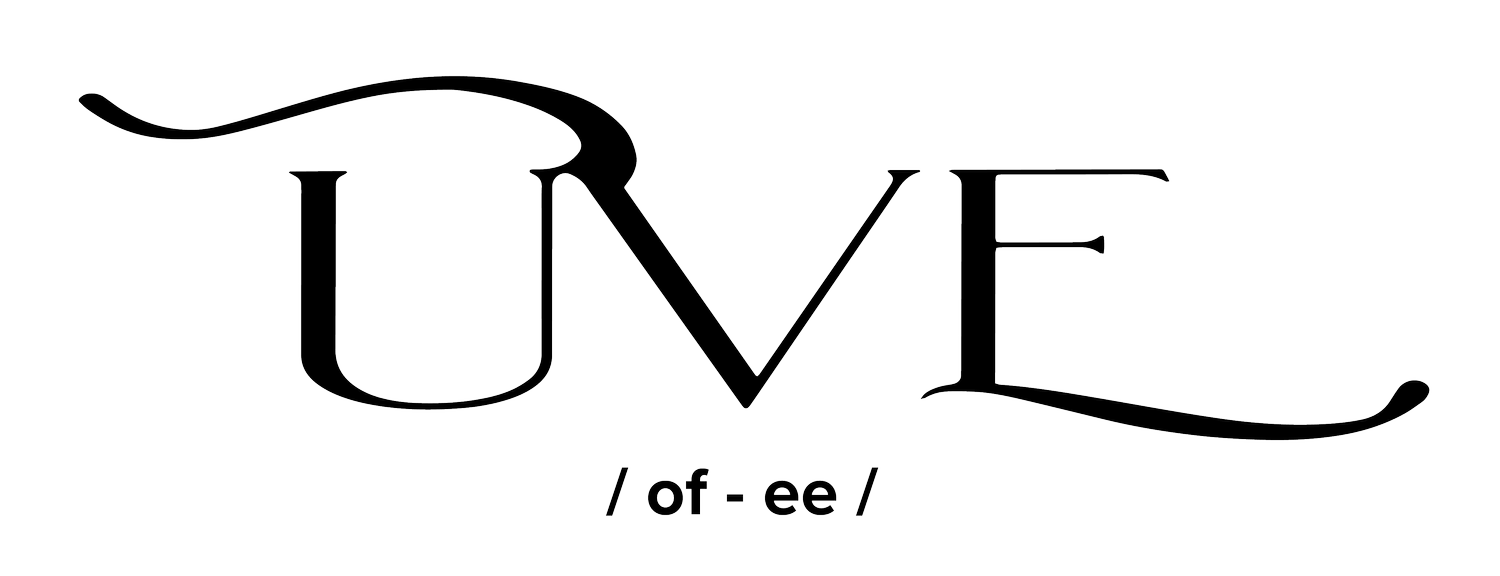Predicting the Future
Once you have seen something many times, we can predict the future. We know that mimicking nature’s predator/prey relationship will improve plant vigor, recycle plant material, increase species diversity, and capture the raindrop. We know that grazing management will most likely double our stocking rate. Getting a free ranch without increasing overheads is like printing money. This knowledge and skill are a game changer.
My learning and experience began when I was taught that overgrazing was grazing a plant before it has recovered from its previous grazing. I began monitoring plant regrowth rates and documenting that overgrazing resulted when animals are in one place for too long. It took several years before I internalized that overgrazing happens if we return to grazed plants before they had recovered. But in the meantime, I became obsessed with stopping overgrazing. I learned that as overgrazing stops, plant vigor improves. I noticed the better producing plants, e.g. blue bunch wheatgrass, green needle, and basin wildrye, rise up from dormancy and production increases.
Reassured with and boasting this data, Allan Savory caused me to pause, saying, “Imagine our feet holding down the ecosystem. One foot represents overgrazing and the other one overrest. The overgrazing foot weighs 5 pounds, and the overrest foot weighs a ton.” Wow! I began recognizing over-rested plants and soil and increased stock density to create the necessary disturbance.
The tool of Animal Impact addresses overrest (along with grazing), which begged the question, “How do I monitor animal impact?” In my low-production, brittle landscape of Wyoming’s sagebrush steppe, it came down to noticing the frequency of a hoofprint. When I moved out of a pasture I wanted to see a hoofprint in every square foot, including the back corner of a steep, rocky pasture. Trial and error narrowed the necessary action down to a stock density of 3 animal units (AU) per acre. Definitely not a mob grazing crescendo but that was the tipping point of seeing good things happen in our context. Our stocking rate of 5-10 animal days / acre (ADA) meant 2-4 day grazing periods to achieve this stock density.
As the cattle cleaned up and knocked down a bunch of dying plants and their hooves broke capped soil, droves of germination sites were created. Plant density and diversity began to improve, adding more production. But this newfound awareness of diversity went beyond the plant community.
The next transformation the idea of diversity brought was a change in my view of pests, like Canada thistle, heal and horn flies, coyotes, and even beavers. My gained knowledge that diversity was leading to more production and the general understanding that diversity provides stability, presented a dilemma. How would I confront problem species, which I wanted to kill. Yet killing, or removing, a species moved me away from the desired outcome of more diversity. I was in a quandary.
And then the obvious became, well, obvious. In my experience, any time I increased diversity, I had more stable, enduring, and profitable, production. This inevitably led to resilience and regeneration. If we have a problem, make the problem bigger and ask, “What can I add. What species is missing?” This simple question disturbs our comfort. We can no longer view the world through a spray nozzle, killing weeds, insects, and coyotes. This question will often lead us to the root cause of the problem.
In the book, “Green Grass in the Spring- A Cowboys Guide to Saving the World,” I developed this concept of adding vs. subtracting to the personal and social context as well. As a cowboy and land manager, I easily grasped the idea of the predator/prey relationship. I understood that if I did not mimic the Disturbance followed by Rest events that our grasslands had evolved, I would never see the grassland I was managing perform to its potential. This realization began seeping into my personal development, or lack thereof, also.
On the land I could see that overgrazing, over-rest, over-impact, and burning, were mere symptoms of the failure to mimic the predator/prey relationship outcome of severe disturbance followed by a long period of rest. The book lays this out, 1) Disturbance creates a foundation for the next generation of life, 2) Continued disturbance (overgrazing, over-impact) suppresses life, 3) Rest creates space for recovery, 4) Overrest causes a sluggish stagnation.
The book begins each chapter with what I have learned in land management over the past 50 years. The narrative following each intro delves into the real-time memoir of my life experiencing the same result as the land. I was disturbed by the loss of my father. I was overgrazed by bankruptcy and a divorce. I found rest and critical income by roughnecking and working in a Nevada barite mill. I sought out more diverse friends and business contacts for better stability. In essence, the land taught me how to become a more functional human being.
I learned that it’s not about the disturbance but how we choose to deal with it. Do we blame, accuse, or ignore? Or do we internalize and own the experience. You can read how this all came together by reading Green Grass in the Spring- A Cowboy’s Guide to Saving the World.
Tony is a Savory Master Field Professional and member of UVE’s Guild. You can read more of his writing by subscribing to his blog at HolisticManagement.Guide.




